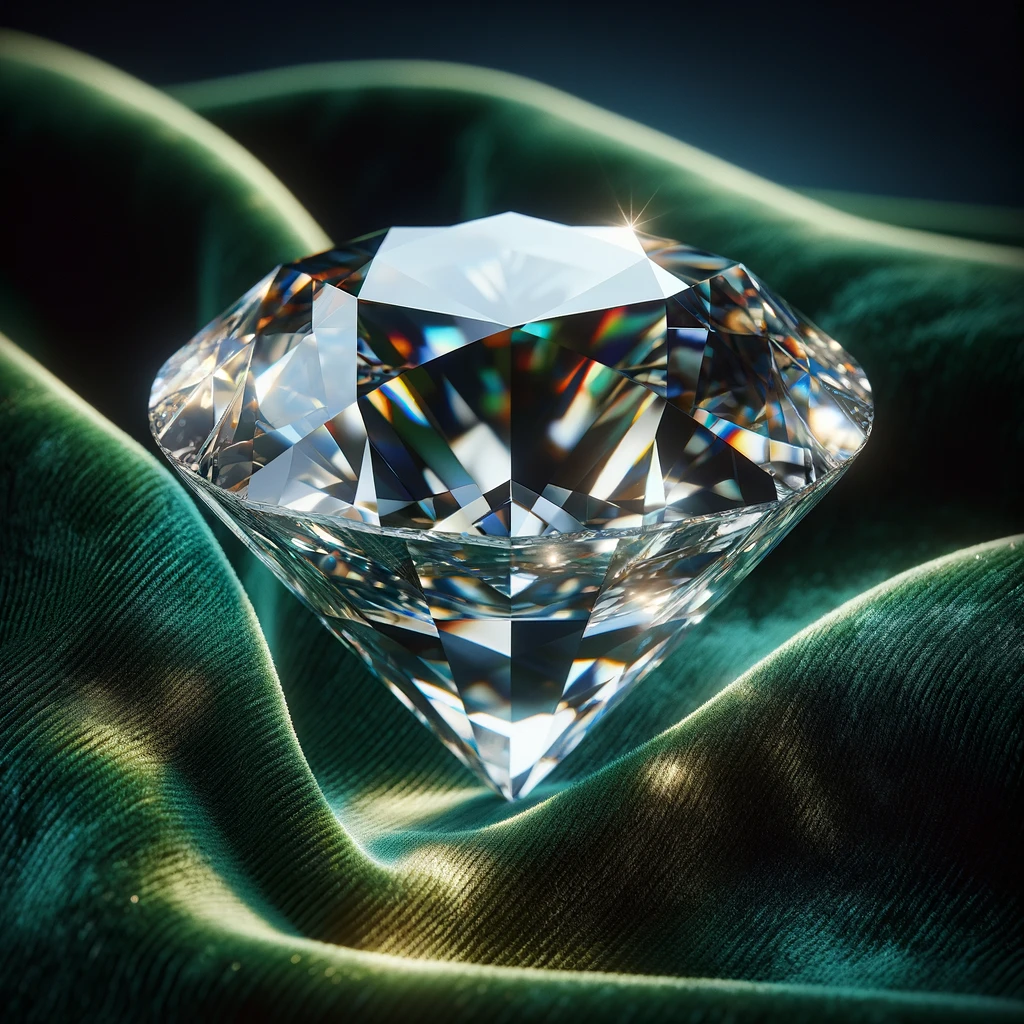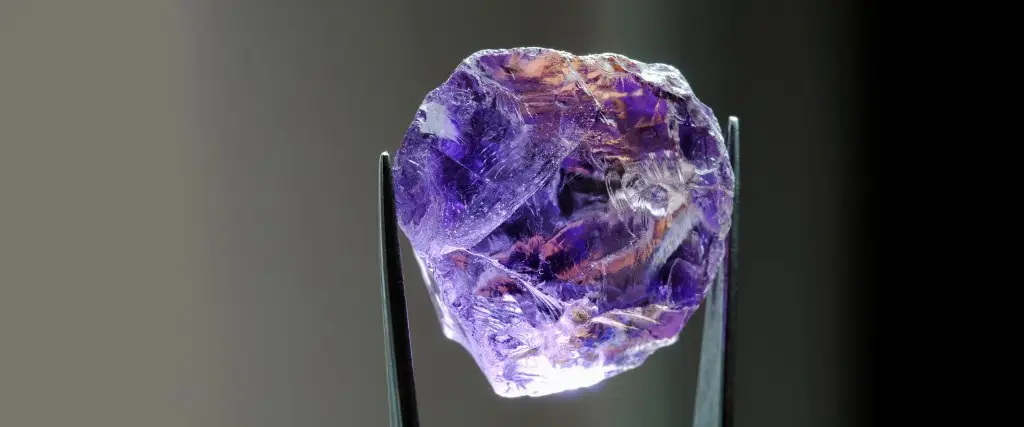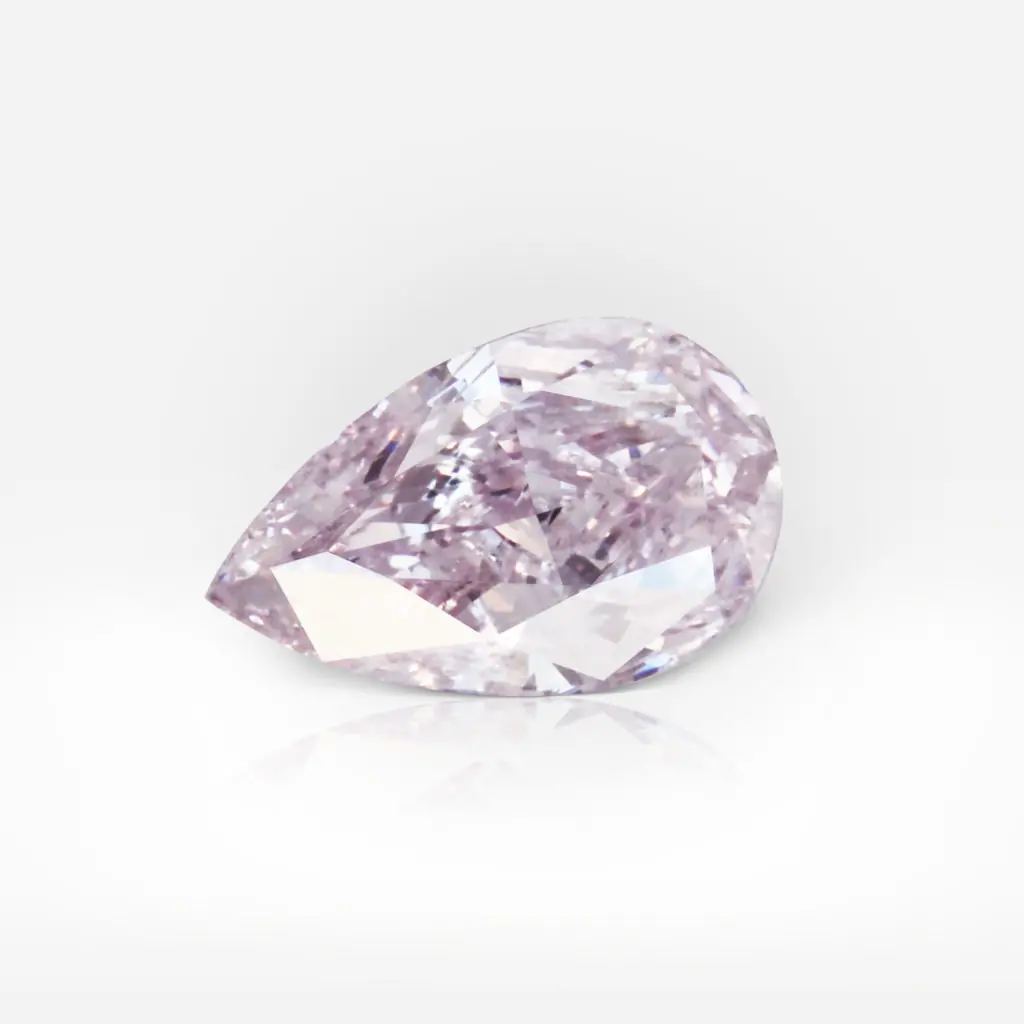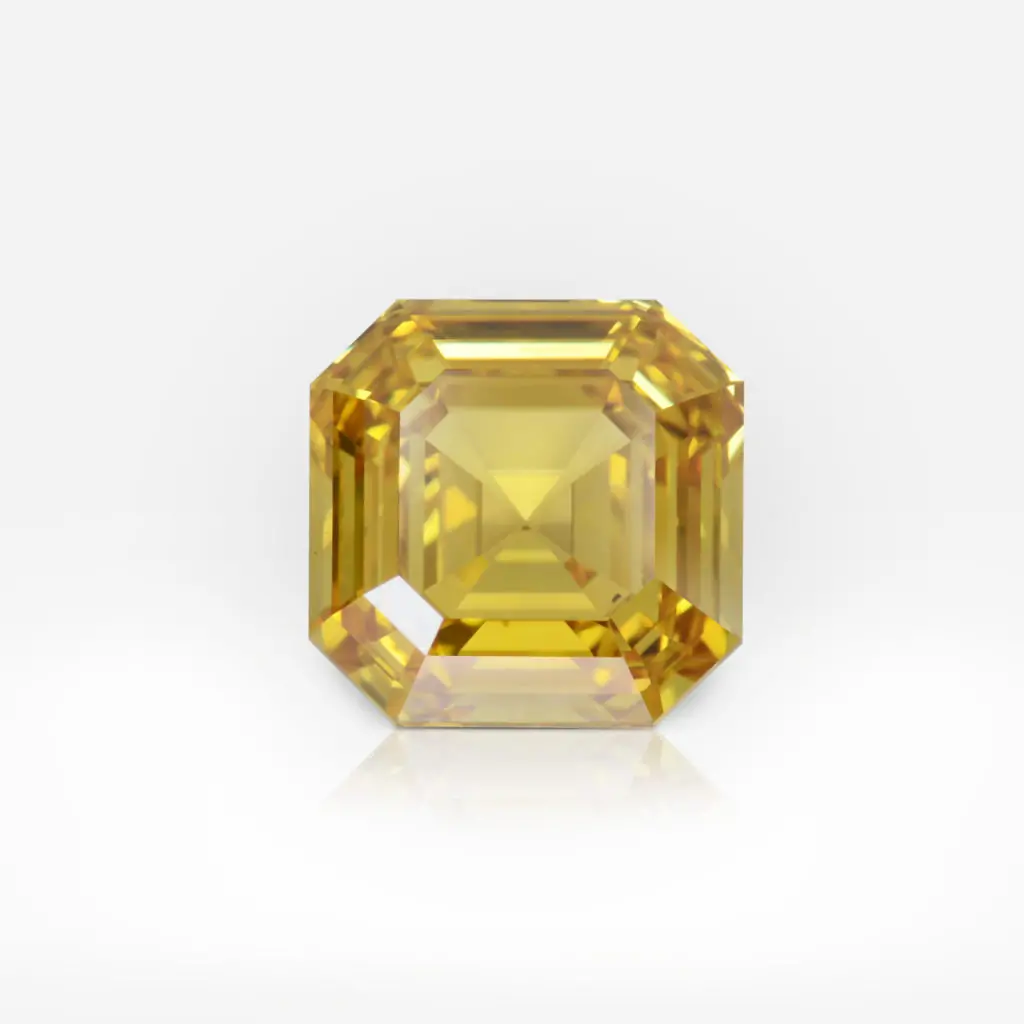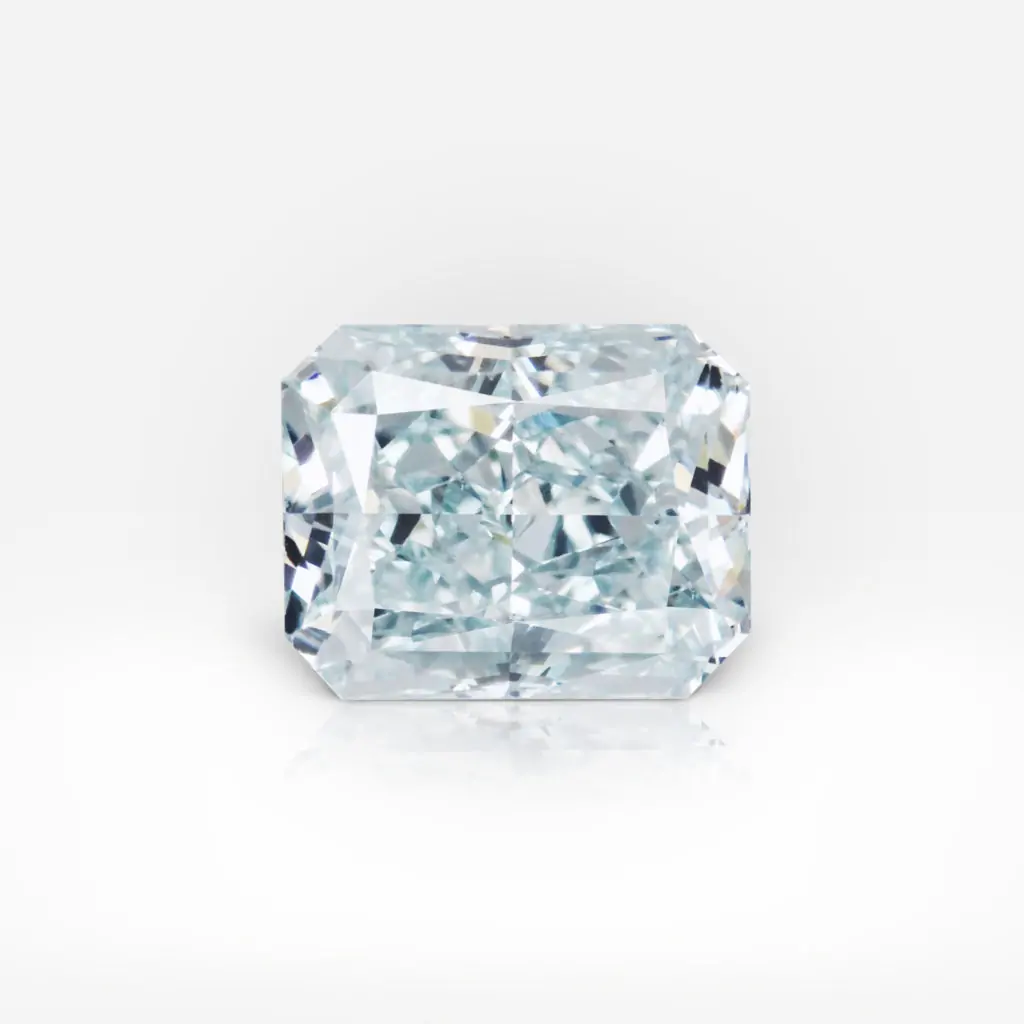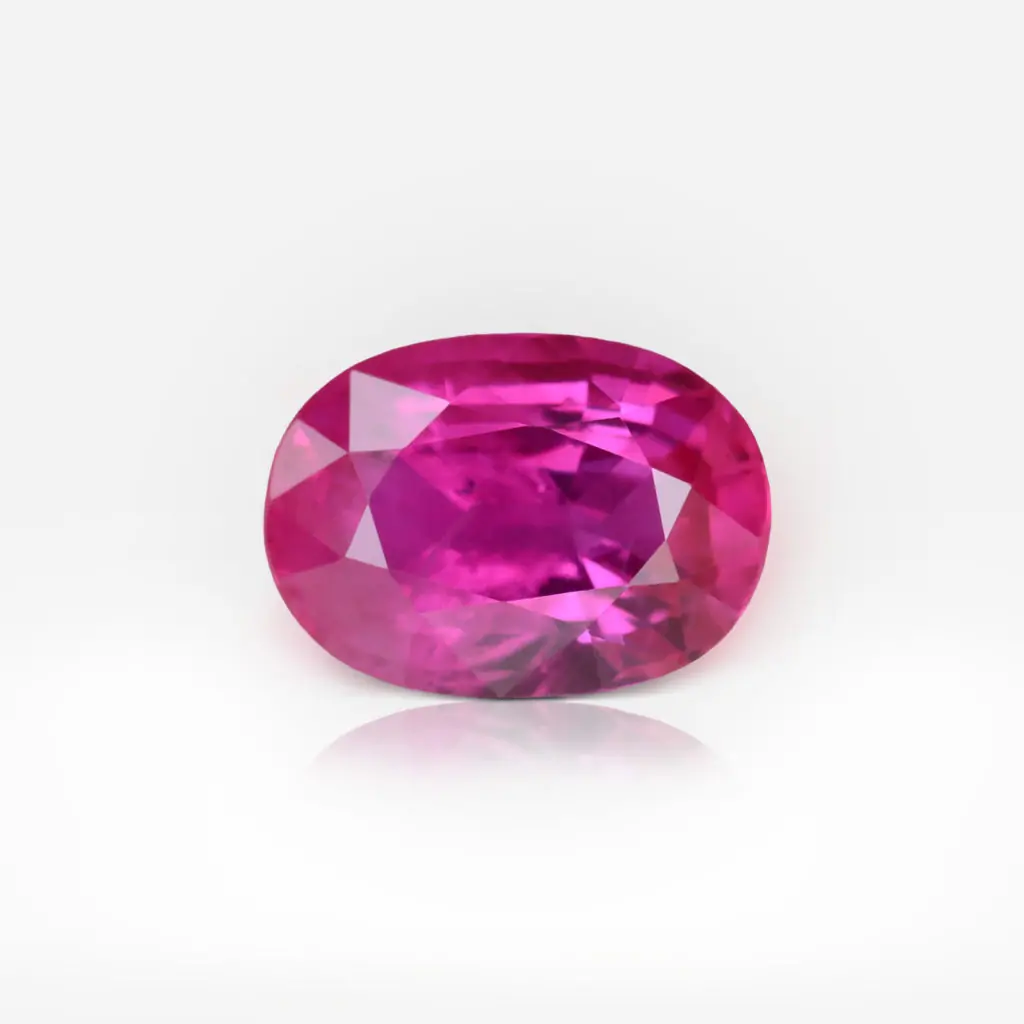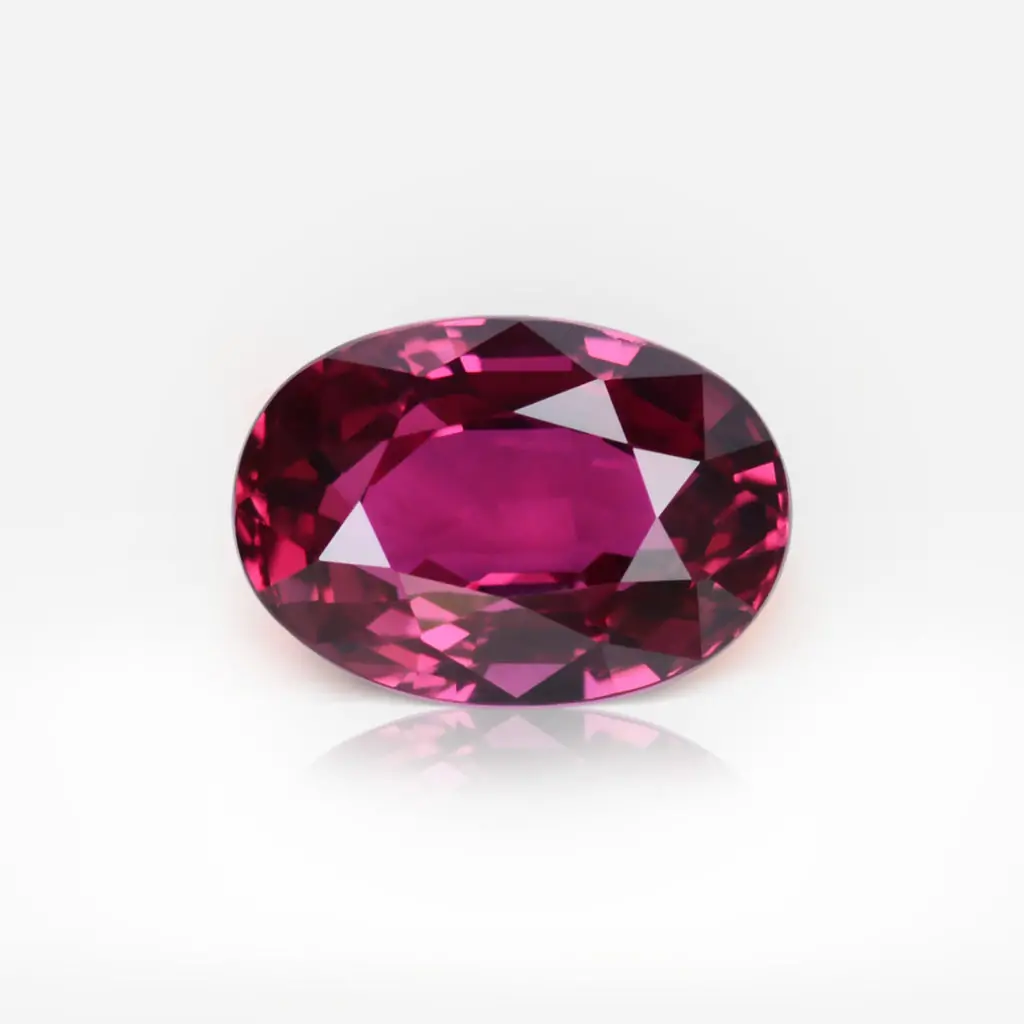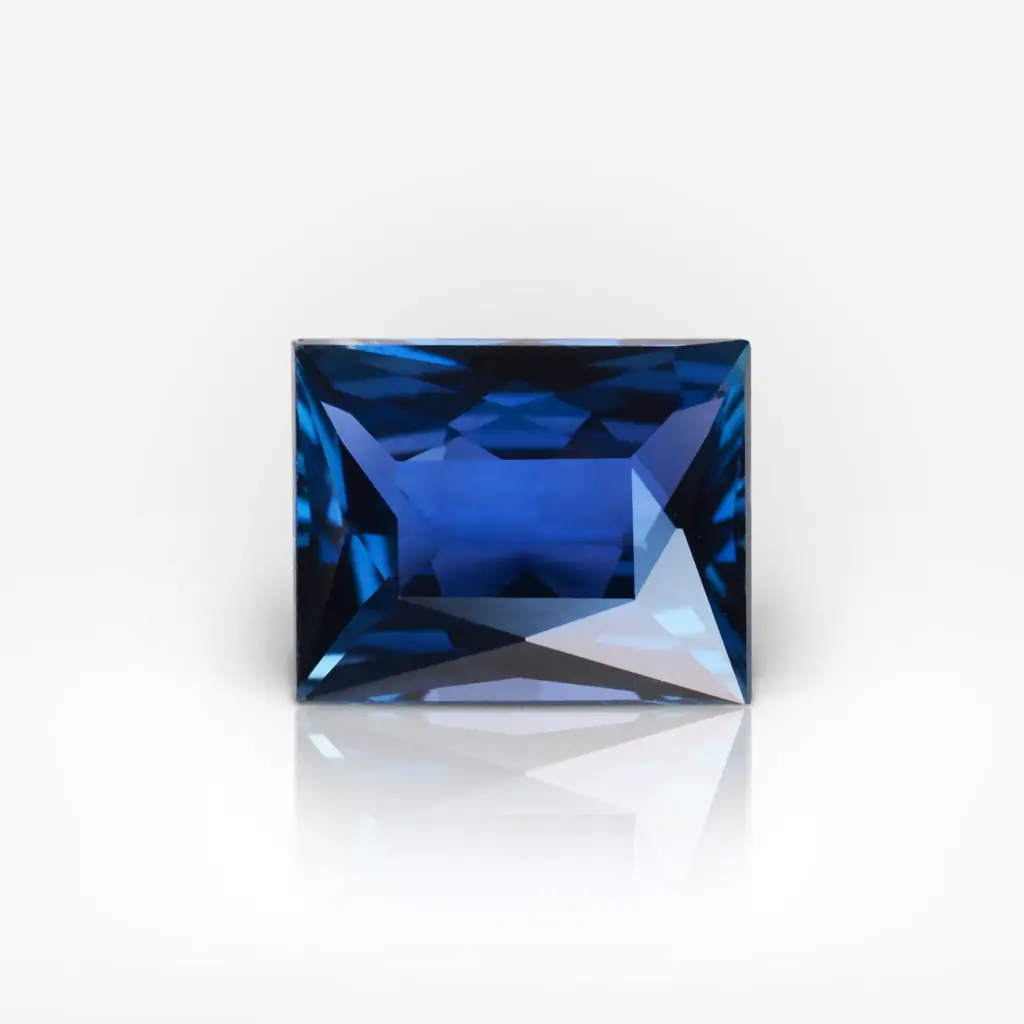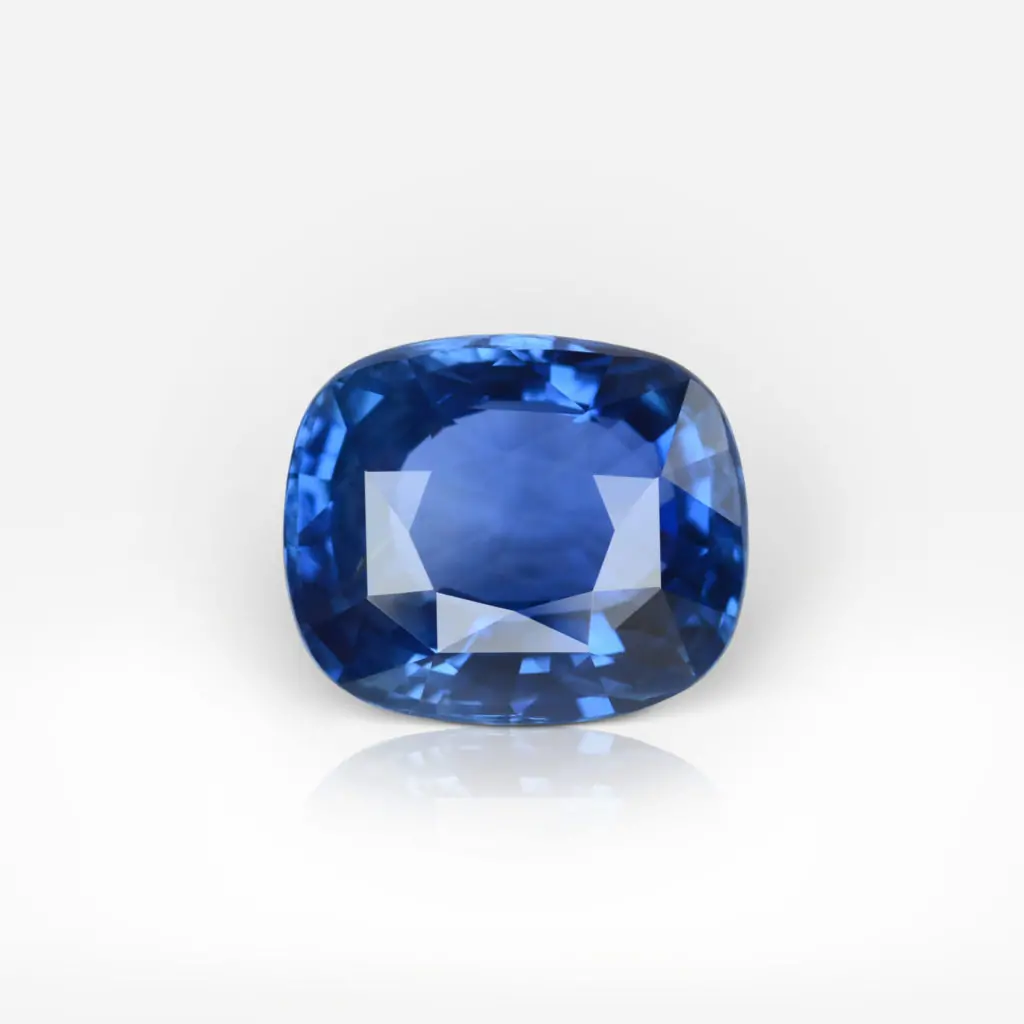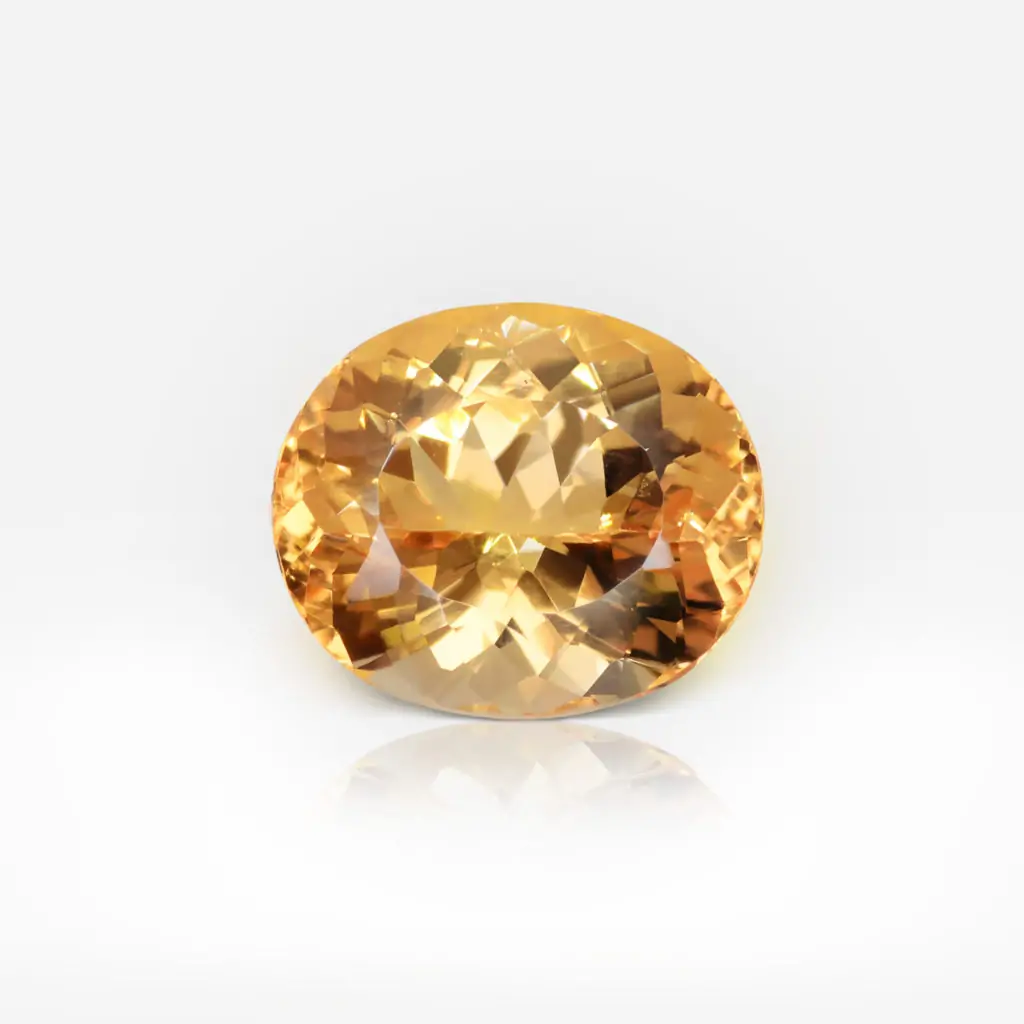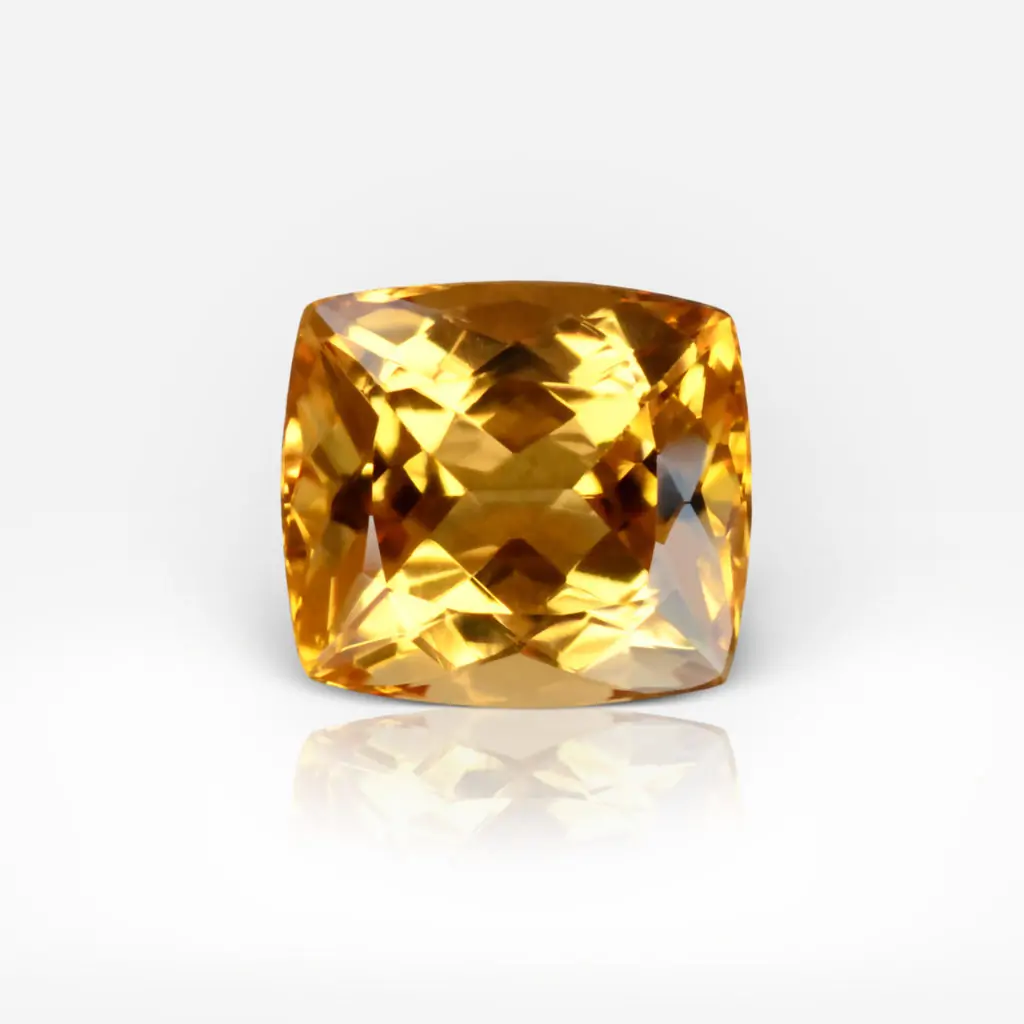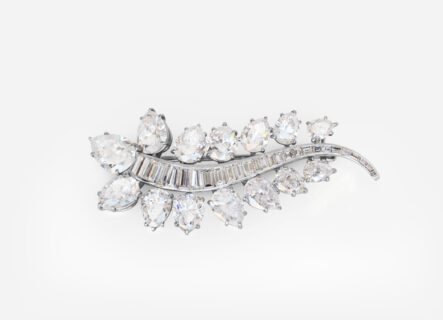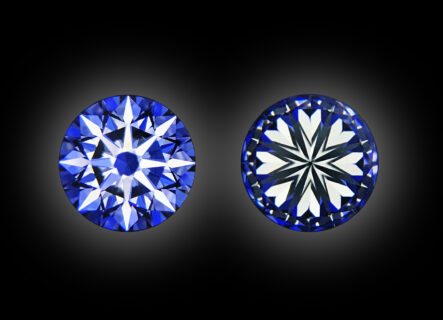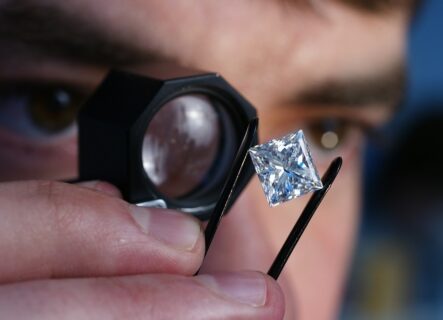The Mohs Hardness scale serves as an easy and convenient way to identify a mineral’s hardness, its ability to resist scratches.
How did it all start?
In 1812, Fredrich Mohs – a German mineralogist – invented «scale of hardness». He chose ten standard minerals and arranged them in order of increasing hardness (from 1 – the softest to 10 – the hardest), so that each stone scratches the one below it on the scale, but failed to scratch the one above it.
For instance, talc is the softest mineral and diamond is the hardest one.
As for gems, the Mohs scale ranks them on a relative scale based on their hardness. So, a diamond is on the 10th level. Only a diamond can scratch another diamond.
Corundum (ruby or sapphire) is on the 9th level – it can scratch itself, topaz (8), quartz (7), and anything softer.
Topaz can scratch itself, quartz (7), and anything lower on the scale.
Subscribe to discover the world of diamonds and gems. If you have any questions, please let us know.


